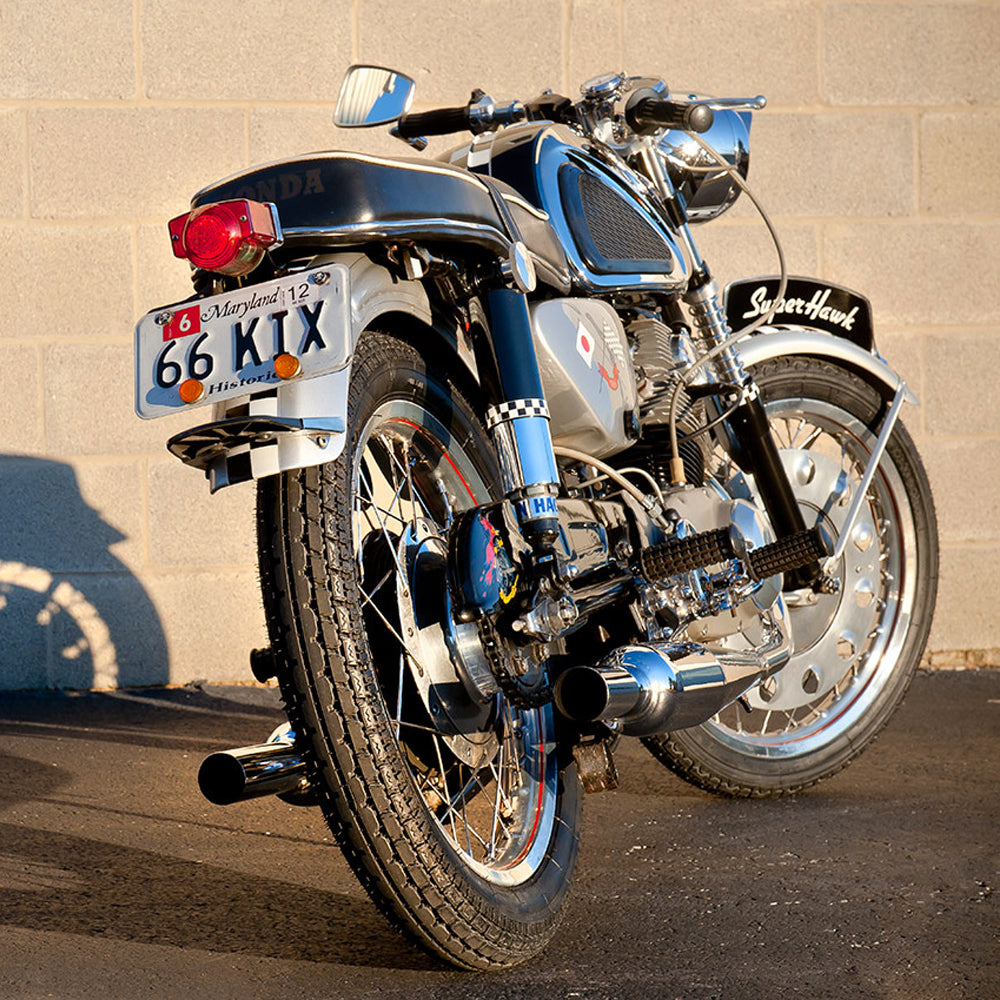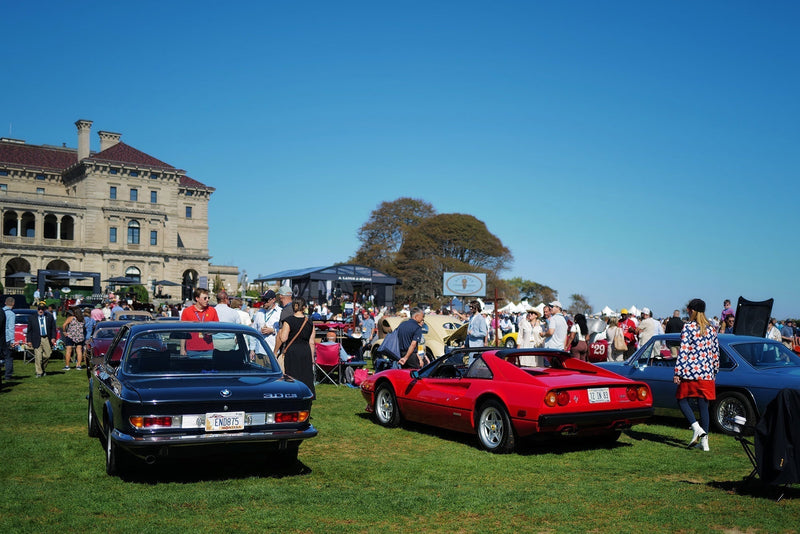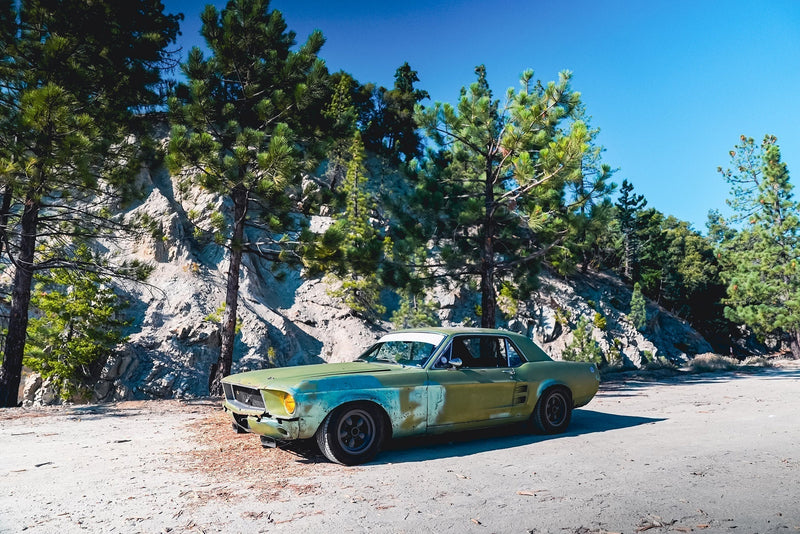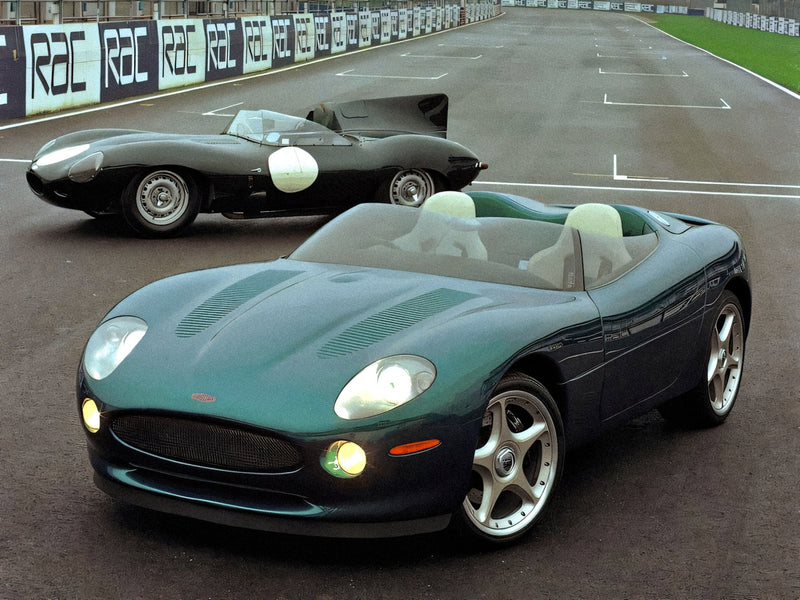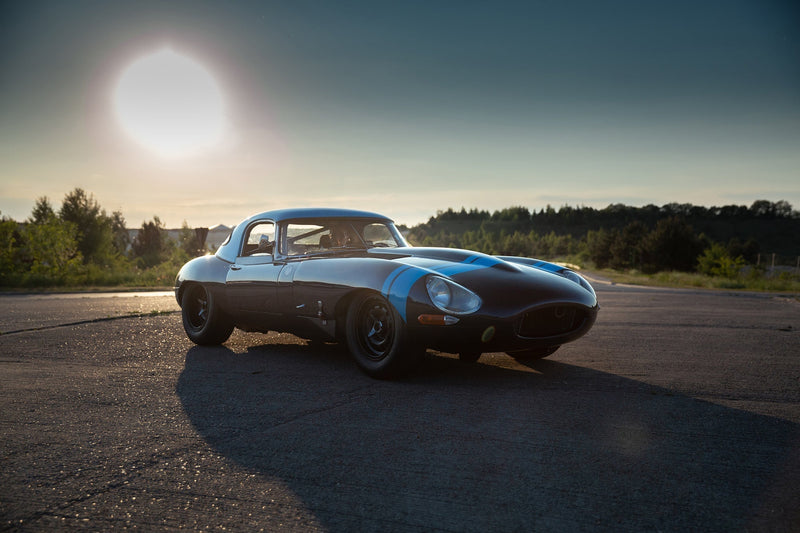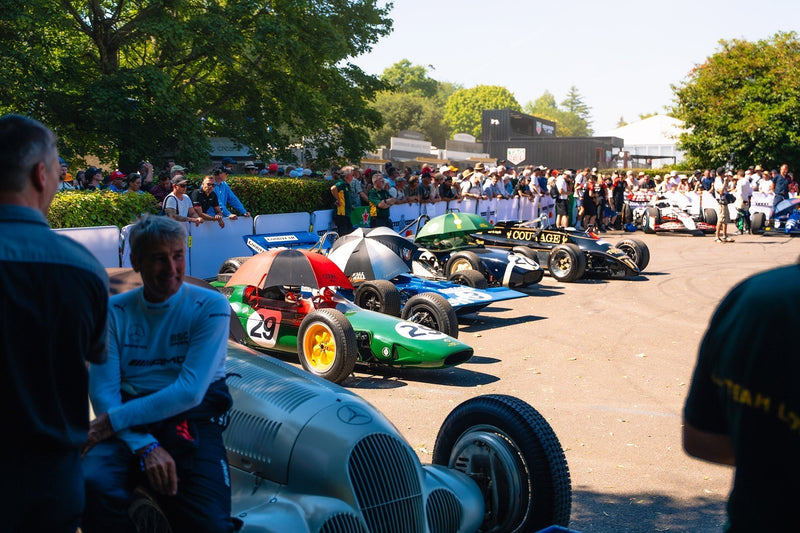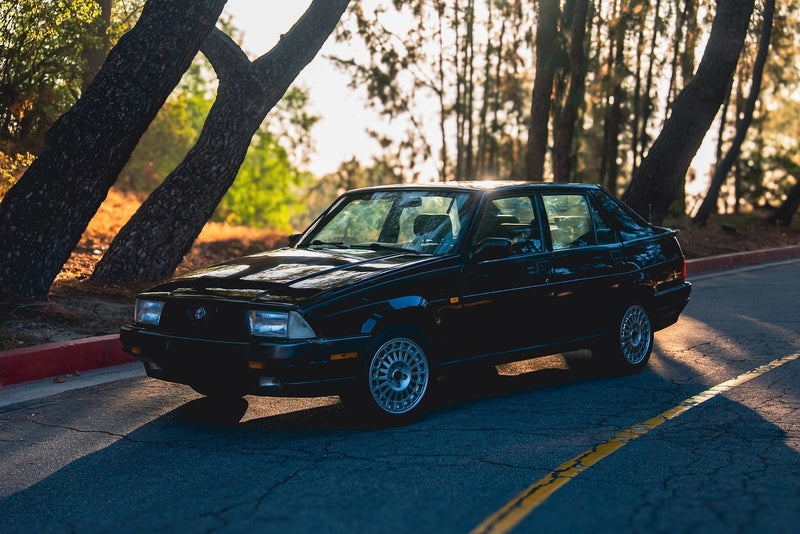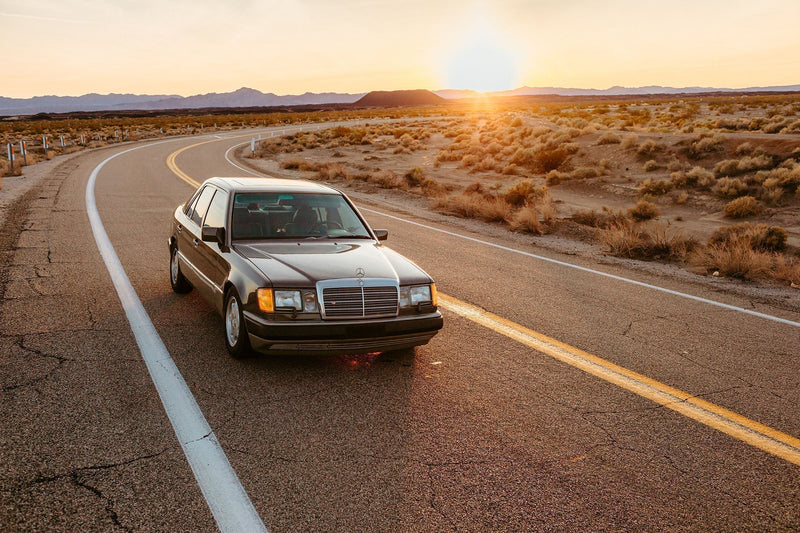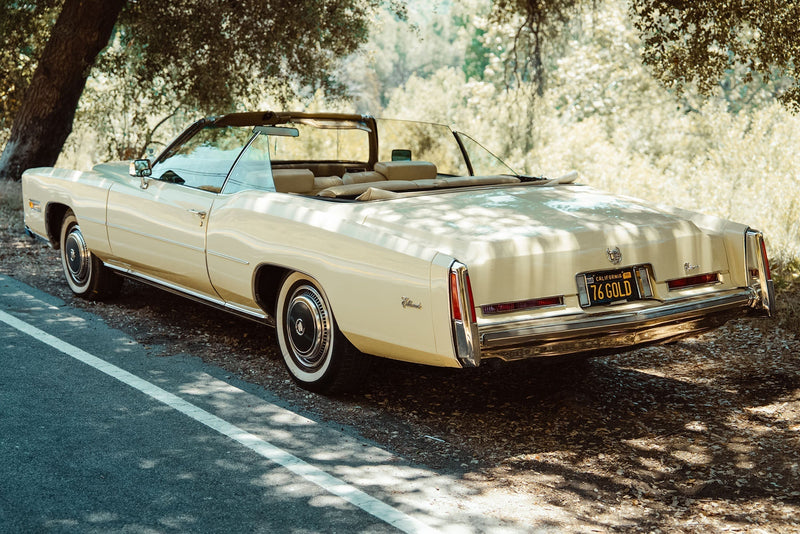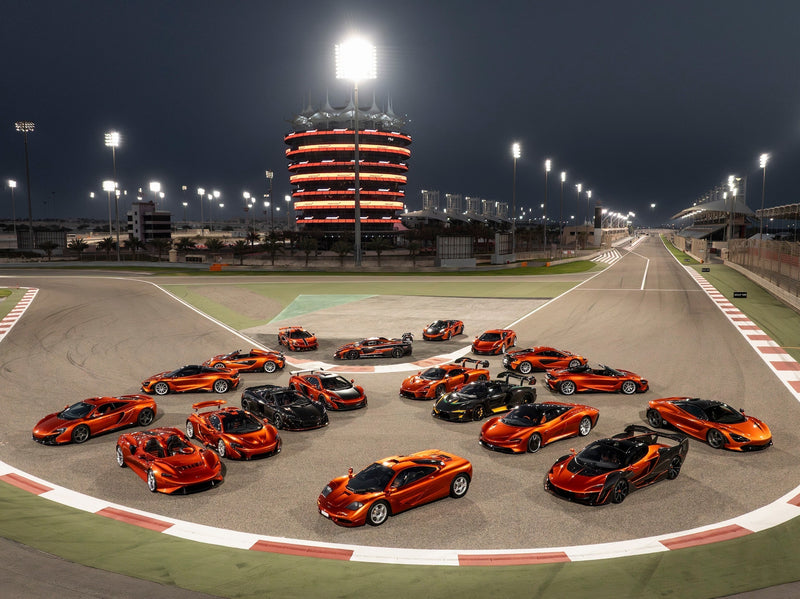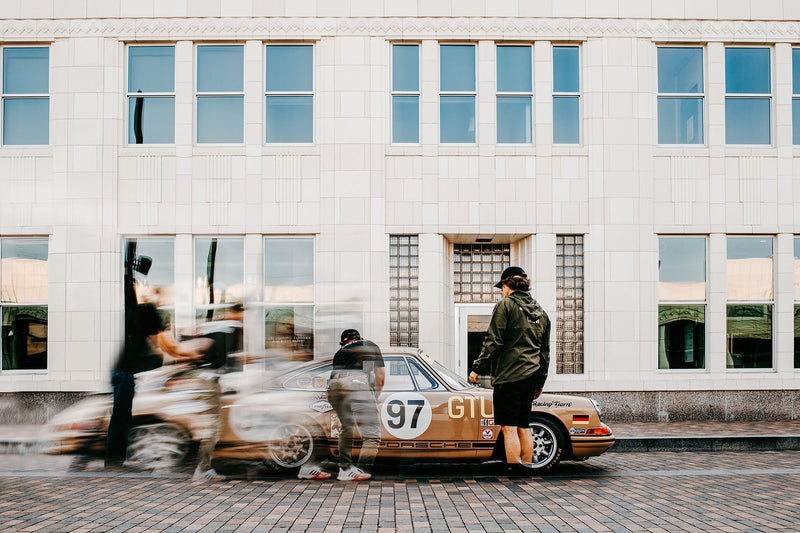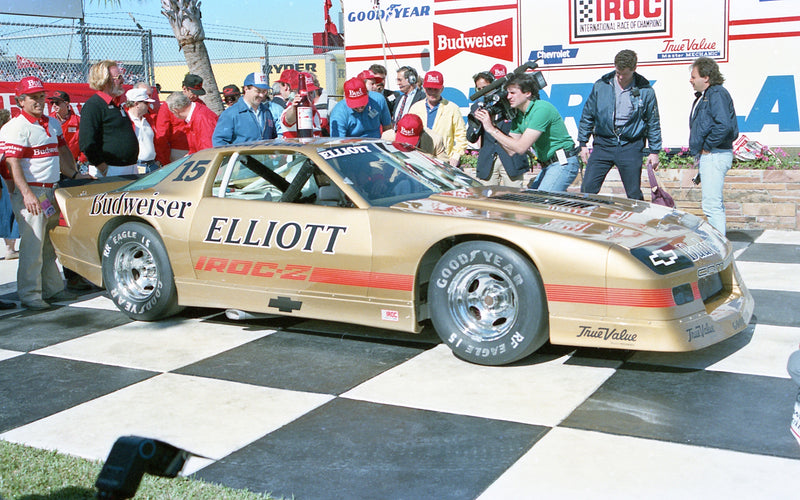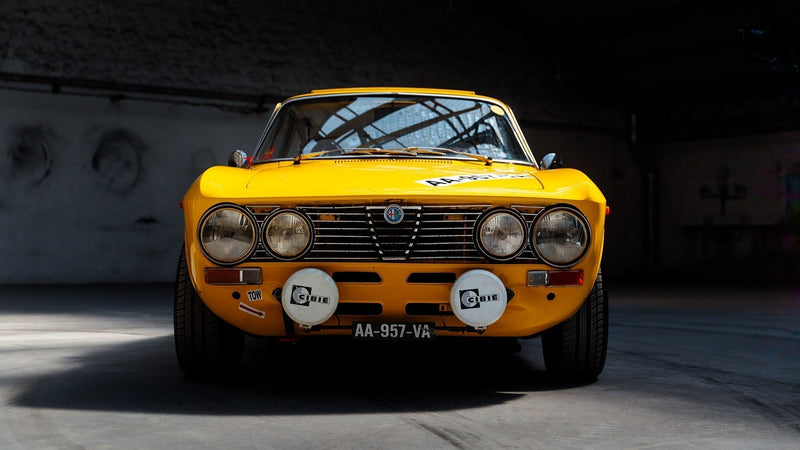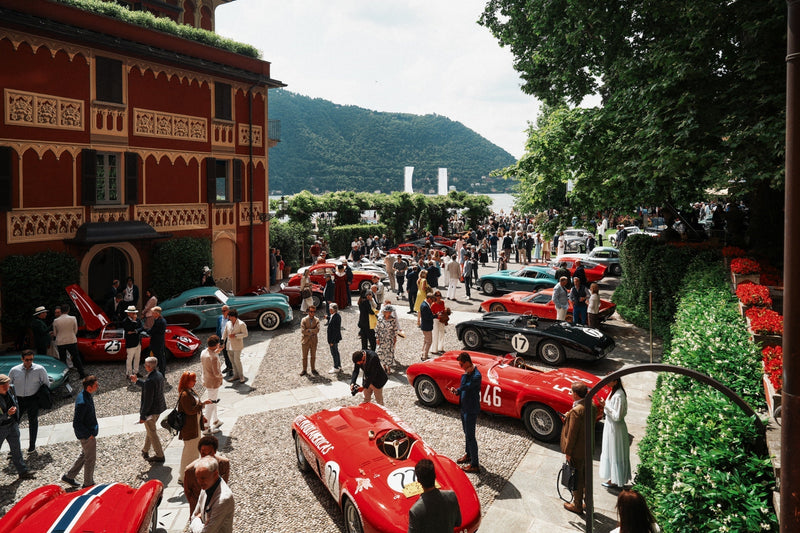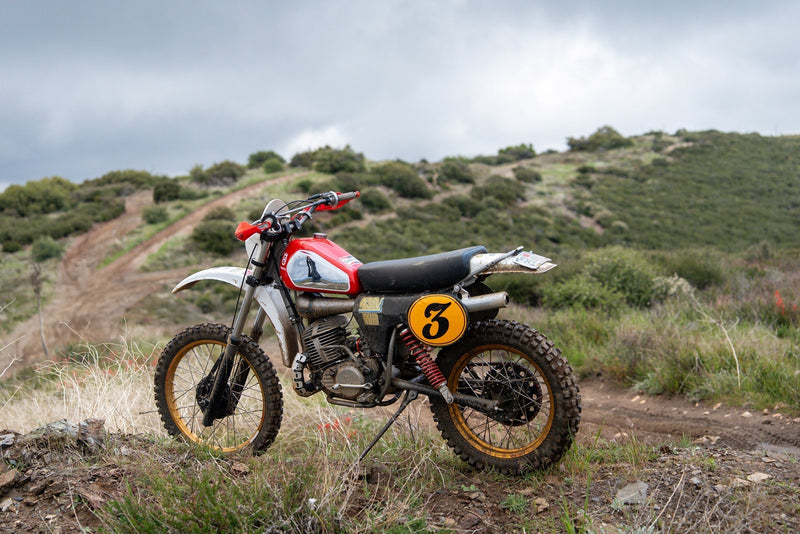Owner: Vince Lupo
Age: 48
Location: Baltimore, Maryland, by way of Toronto, Ontario, Canada
Year, Make, and Model: 1966 Honda CB77 SuperHawk
Photographer: Vince Lupo
I was heavily into motorcycles back in the mid-late 1980s and did several long-distance rides during that time (Toronto to Alaska being one of them). My primary ride back then was a 1981 Honda CB900F. Returning to school temporarily ended my motorcycling days, but I caught the bug again in 2004. This 1966 Honda CB77 SuperHawk (originally 305cc, now 358cc) is what I bought when I got back into it.


I’d always liked the look of vintage British bikes, but not their lack of reliability. Whenever I’d ask vintage bike experts about a particular British machine, the first thing they’d invariably say to me was, "Well, it’s not like owning a Honda." After I heard this three or four times, I thought, "Why don’t I just get an old Honda?" So the hunt was on. Coincidentally, I read a period article in Walneck’s Classic Cycle about the "new" 1965 Honda CB77. The editors at the time couldn’t find anything not to like about the bike. The SuperHawk was truly the "giant killer" of its time — 17 second 1/4 mile and 105mph top speed wrapped up in a tidy, small package. It shamed many a British 500 — not only in performance, but in oil-tight reliability. It was a combination of those elements that ignited my interest in a SuperHawk. My perfect bike — found at last.
As I dove deeper into that Walneck's article, I discovered a classified ad for the bike that I’d ultimately come to own. It was an all-original 1966 305 SuperHawk located in Chicago. After a bit of back and forth with the seller, this CB77 was mine.
Overall, the bike wasn’t too bad — it had 4000 miles on it and it ran fairly well, but it was a bit tired-looking and I really wanted to make it mine. Plus, I still had this aesthetic bug in my brain for British bikes. So I wondered if I could take the best of Japan (the mechanics) and combine it with the best of Britain (the aesthetics)? Could the two co-habitate harmoniously on a single machine?



The photos illustrate where it is right now — of course from year to year it changes a bit. One idea that I thought looked good once upon a time, all of a sudden didn’t look proper any longer. Or a mechanical tweak that made me think that the bike was finally ‘done’ suddenly wasn't good enough. We’re never really done with these things, are we? Over time the bike has seen over forty modifications ranging from simple John Tickle headlight brackets and K&N filters to an aftermarket transmission, big bore kit and custom paint.
I know my bike drives the Honda ‘purists’ crazy, not always in a good way. One of them actually told me that my rims and tires were "too nice for the bike," as the Honda didn’t originally come with rims and tires like that. I’ve also had folks question the wisdom behind using British Amal carbs instead of the tried-and-true Keihins originally equipped on the cycle. My only response is that to me it's sort of an art project; these elements are all part of my vision of melding the best of Japan with the best of Britain. Clearly though, some of my ideas of what works or looks best might not always correspond with what others think is best. Ah well, can’t please everyone!
The greatest thing about the bike is that I ride it. This isn't a show piece. Over the last 9 years I’ve put just a little over 24,000 miles on the bike and have ridden a few long-distance trips (including the Mid-Ohio Vintage Motorcycle Days Festival three times and Toronto, Ontario, Canada once). It’s ridden in rain, in 35 degF weather and in steaming heat — still a joy in any condition.
Want to see your vintage car on Petrolicious? Click here for more information.






